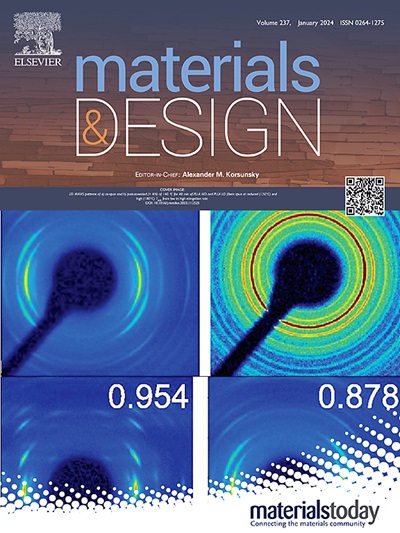MAG-FIL: Electromagnetic flow-on-demand devices for pushing fluids into concrete cracks
IF 7.6
2区 材料科学
Q1 MATERIALS SCIENCE, MULTIDISCIPLINARY
引用次数: 0
Abstract
An economical and sustainable approach to extend the service life of deteriorating concrete infrastructure involves filling and healing cracks. However, effectively infiltrating crack-filling solutions through the depths of concrete cracks of varying widths remains a significant challenge. To tackle this, our study explores an innovative concept: designing scalable and tunable electromagnetic devices called MAG-FIL. These devices utilize magnetic flow-on-demand technology to enhance crack-filling operations. Unlike conventional magnetic systems where fluids flow towards a magnet, MAG-FIL is designed to push fluids away from the magnet. This pushing mechanism is crucial when both the crack-filling materials and magnetic tools must operate on the same surface, due to limitations imposed by large element size, restricted access to the opposite side and steel reinforcement. Apart from existing solutions, MAG-FIL’s design is intentionally simple yet highly tunable, enabling it to be easily adapted to meet the specific requirements of concrete crack filling. Through a series of experimental and numerical studies, we have demonstrated the potential of employing magnetic technology to improve infiltration and have identified key factors influencing performance. By carefully considering the interactions between these factors, we present strategies to optimize the benefits derived from utilizing MAG-FIL.

求助全文
约1分钟内获得全文
求助全文
来源期刊

Materials & Design
Engineering-Mechanical Engineering
CiteScore
14.30
自引率
7.10%
发文量
1028
审稿时长
85 days
期刊介绍:
Materials and Design is a multi-disciplinary journal that publishes original research reports, review articles, and express communications. The journal focuses on studying the structure and properties of inorganic and organic materials, advancements in synthesis, processing, characterization, and testing, the design of materials and engineering systems, and their applications in technology. It aims to bring together various aspects of materials science, engineering, physics, and chemistry.
The journal explores themes ranging from materials to design and aims to reveal the connections between natural and artificial materials, as well as experiment and modeling. Manuscripts submitted to Materials and Design should contain elements of discovery and surprise, as they often contribute new insights into the architecture and function of matter.
 求助内容:
求助内容: 应助结果提醒方式:
应助结果提醒方式:


